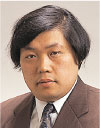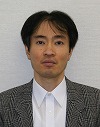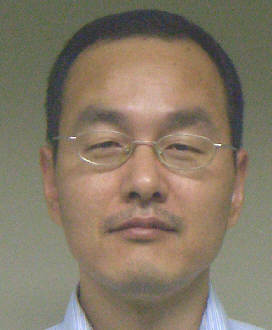studies the physics of the many-body system of including atomic nuclei, microclusters and quantum information theory.

Hiroyuki Sagawa
Professor

Akira Fujitsu
Associate Professor

Michio Honma
Associate Professor

Katsutaro Shimizu
Associate Professor

Masayuki Yamagami
Assistant Professor

Noriaki Kamiya
Professor

Toshiro Watanabe
Professor

Kazuto Asai
Associate Professor

Takao Maeda
Associate Professor

Shigeru Watanabe
Associate Professor

Hiroshi Kihara
Assistant Professor

Ligang Cao
Visiting Researcher
